48V LiFePO4 battery: what’s the best rack mounted Lithium?
When searching for a lithium battery for your off-grid or campervan electrical system, you’ve likely stumbled upon rack mounted 48V LiFePO4 batteries. These look a bit different to the conventional style of lithium battery, such as those offered by Victron or Fogstar, that camper enthusiasts are familiar with. They also advertise a better bang for your buck when it comes to the capacity to price ratio. Manufacturers advertise these rack mounted batteries as a power backup solution, but they can also be a great option for some off-grid houses, boats, and campervans.
Let’s take a look at what rack mounted batteries are, what they do and don’t offer, and whether you should consider buying one. We’ll also look at some of the best 48V LiFePO4 batteries the UK has to offer, so you can make an informed choice when buying yours.
What is a Lithium-ion leisure battery?
Lithium-ion is one of the two battery chemistries available for leisure batteries. When compared to more conventional lead-acid batteries, Lithium batteries are far lighter and smaller. They also have a comparatively long lifespan, typically lasting for several thousand charge cycles before you need to replace them. Additionally, they have a low self-discharge rate, which means they can hold their charge for long periods of time when not in use. These big advantages come with an equally big price tag, which stops many people from getting into the world of Lithium-ion. Our page on leisure batteries looks further at the pros and cons of each type to help you decide on the best battery for your campervan electrical system.
AGM leisure battery
Lithium leisure battery
Is LiFePO4 the best Lithium-ion battery type?
Lithium-ion batteries contain one of several cathode materials, each with unique properties and performance characteristics. NMC or lithium nickel cobalt manganese oxide batteries are the most common. And, due to their high-energy-density, you can often find them in portable electronic devices.
On the other hand, lithium iron phosphate or LiFePO4 batteries are known for their excellent thermal stability and long cycle life. They are relatively low cost and have a very low risk of thermal runaway, but have a low-energy-density compared to some other cathode materials, such as NMC. Because of this, they are a perfect solution for energy storage in a boat, off-grid house, or campervan where a high lifespan and stability are more essential than capacity to size.
What is a 48V LiFePO4 battery?
48V LiFePO4 batteries contain several LiFePO4 cells, connected in series to give a nominal voltage of, or just above, 48V. Each lithium iron phosphate cell has a nominal voltage of 3.2V and can be connected in series to increase voltage, or parallel to increase capacity. The diagram below shows how eight 3.2V 50Ah cells can be set up in a two parallel four series configuration to give a 12.8V, 100Ah battery.
A 48V LiFePO4 battery contains either 15 or 16 groups of cells connected in series to give a total nominal voltage of 48V or 51.2V. You may be asking why the nominal voltage for some batteries sit at 51.2V and not 48V. Well, it’s very hard to vary the voltage in a cell. For example, LiFePO4 cells have a voltage of 3.2V because of their internal makeup, and this voltage can’t be changed. Therefore, the closest to a 12V battery that you can form with these cells is 12.8V (four, 3.2V cells in series). If we then scale this to a 48V battery, we have 16, 3.2V cells in series for a nominal voltage of 51.2V.
For brands such as TN power and RELiON whose batteries come in 12V, 24V, and 48V variants, it’s important that four 12V batteries or two 24V batteries in series give the same output voltage as a single 48V battery. Therefore, in this case, a 48V battery needs a nominal voltage of 51.2V and a 16 cell configuration is suitable. For 48V battery models that don’t come in lower voltages, such as the Pylontech US5000, this doesn’t pose an issue. So, the battery can contain 15 cells in series at exactly 48V.
You can either purchase a prebuilt 48V battery or easily make your own 48V battery bank by connecting multiple smaller, 12V or 24V batteries in series. There aren’t loads of benefits either way, but making your own allows you to select the specific batteries that you want to use and can offer some flexibility in terms of capacity and form factor. On the other hand, opting for a pre-built rack mounted battery can offer significant savings in certain cases. Read on for a further look at this.
Rack mounted 48V lithium batteries
Rack mounted vs traditional LiFePO4 batteries
Both traditional and rack mounted lithium batteries contain a group of cells encased in a protective housing. These cells are connected in series and parallel to create the desired voltage and capacity, and are controlled by an integrated battery management system (BMS). Although similar in function, these two types of battery differ in form and intended use case.
Traditional standalone LiFePO4 batteries were designed with a leisure battery application in mind. They come in a variety of different capacities, are usually 12V or 24V, and can be connected in series to create a large 48V battery bank. Thanks to the range of sizes and capacities, you can easily arrange these batteries to best fit an available space.
Rack-mounted LiFePO4 batteries, on the other hand, are designed for installation in a rack system or cabinet. They are almost always 48V and are intended for use in industrial and commercial settings, such as data centres and commercial renewable energy installations. Thanks to their modular form factor, rack mounted batteries are well suited to these commercial applications where power storage requirements may be ever-changing. It’s worth noting that they take up a very similar volume to most conventional batteries with the same capacity. However, because they’re one unit, rather than multiple 12V or 24V batteries, you have fewer options when arranging your battery bank. This can be limiting in a small space such as a van. Despite this, rack mounted batteries can be significantly cheaper than their alternatives. So, if 48V is the best system voltage for you, rack mounted batteries are worth considering.
Popular rack mounted LiFePO4 batteries
Pylontech is the most popular rack mounted LiFePO4 battery manufacturer in the UK, thanks to a great quality product for a reasonable price. Fogstar, who produce the popular Fogstar Drift leisure batteries, provide a solid alternative and have far fewer supply chain issues than Pylontech.
Over in the USA, there are a few more options when it comes to rack mounted batteries. As well as Pylontech, batteries from EG4 offer a great bang for your buck, whilst SOK offer a slightly more premium option, with exceptional customer service.
Internally, these batteries are all very similar. Often they contain the same cells, BMS, and other internals. Unlike with the leisure batteries you may already be familiar with, rack mounted lithium batteries have amphenol battery connections. So, you’ll need to purchase amphenol to M8 adaptors to connect these batteries to the rest of your electrical system.
Can you monitor a rack mounted LiFePO4 battery?
Rack mounted LiFePO4 batteries with a CAN-bus port, such as those from Fogstar and Pylontech are compatible with Victron system managing devices such as the Cerbo GX. Simply connecting your battery and GX device using a RJ45 cable allows you to carefully monitor and manage your batteries. Among many other functionalities, this connection allows you to view your batteries’ state of charge, and set discharge and charging limits. If you want to learn more, our article about the Cerbo GX, takes a look at its full capabilities and will help you decide if it’s a useful investment for you.
Should you use a 48V battery in a campervan?
12V systems are still the most popular solution for campervan electrical systems. This is because they’re simple to design and install, thanks to 12V’s compatibility with many DC appliances. 12V system components are readily available, and complications such as voltage converters are rarely needed.
48V systems, on the other hand, are becoming more desirable as they can use smaller wires. This is because the amount of current flowing through a wire is directly related to the amount of power that the wire needs to transmit. Watt’s law tells us that a higher voltage means a lower current draw to deliver the same power.
Power
Constant
=
Voltage ↓
Decrease
x
Current ↑
Increase
Power
Constant
=
Voltage ↓
Decrease
x
Current ↑
Increase
Let’s say, for example, that you have two circuits, one running on 48V and the other on 12V, and both are using 100 watts of power. The current flowing through the 48V circuit would be (100W / 48V) = 2.1 amps, while the current flowing through the 12V circuit would be (100W / 12V) = 8.3 amps. As you can see, the 48V circuit requires a quarter of the current to transmit the same amount of power as the 12V circuit.
Due to the smaller current requirements of 48V systems, the size and gauge of wire used in these systems can be smaller. The result is a lower cost for the same amount of power. Additionally, the smaller wires are more flexible, easier to install and take up less space.
The downside is that you will likely need a DC-DC voltage converter or two, such as Victron’s Orion-Tr, at some point in your electrical system. This diagram shows how using a 48V leisure battery complicates your system.
12V DC electrical system (simplified)
48V DC electrical system (simplified)
As a result, 48V becomes the most cost-effective for large systems in a boat or off-grid house, for example. Here the long cable runs required allow for significant savings from thinner cables. If you haven’t yet decided on a system voltage, our article comparing 12V, 24V and 48V systems takes a more in-depth look at the pros and cons of each.
Furthermore, Victron don’t manufacture a 12V to 48V battery to battery charger. So if you were looking for an all blue system, 48V won’t be for you. Luckily, Sterling Power make a 12V to 48V DC-DC charger which clocks in at around £350.
One misconception around 48V systems is that because of the reduced current draw, they pose less of a fire risk and are therefore safer than a 12v system. Keep in mind that the voltage of an electrical system doesn’t directly determine its safety. The safety of an electrical system depends on several factors, including the proper installation, maintenance, and use of the system, as well as the design and quality of the equipment used. So long as the cables and fuses are correctly sized, neither system voltage is inherently safer.
Overall, in a system with short cable runs, e.g. in a van, it’s unlikely that the savings from thinner cables will outweigh the cost of voltage converters in a van. So, if you’re looking to use conventional leisure batteries, 12V is probably the best option for your campervan. However, thanks to the large savings offered by rack mounted batteries, it’s definitely worth considering a 48V system in an off-grid house, boat, or even a high-spec van.
Can rack mounted batteries save me money?
At £243.95 per kWh of storage, the Fogstar 5.12kWh rack mounted battery clocks in at only around £10 less per kWh than their traditional 12V leisure batteries. With the reduced cable gauge needed for 48V, going for rack mounted batteries can prove pretty cost-effective. However, to run any 12V appliances and to charge from a 12V starter battery, you’ll need a few expensive voltage converters.
48V certainly makes sense for high powered systems (i.e. those with 10kVA inverters). However, for lower powered systems, the savings get more marginal. Let’s crunch the numbers and see if rack mounted batteries really offer value for money in a campervan.
For this system, we’re just looking at the components that would change with a different system voltage. So, we left out the cost of components such as solar panels.
Campervan electrical system – mid spec
This mock system would be perfect for a full time van-lifer with medium power requirements. The 48V systems include a 48V – 12V converter to power appliances such as a fridge.
12V system – LiFePO4 leisure batteries (prices as of Nov 2023)
- 1x 12V 460Ah lithium leisure battery (5.9kWh) – £1,499
- 1200VA 12V MultiPlus – £576
- 100/30 SmartSolar MPPT – £173.50
- 30A 12V/12V battery to battery charger – £179.99
- 3m x 35mm2 cable – £29.55
- 3m x 25mm2 cable – £21
- 2x 250A busbar – £113.54
- All other required switches, cables, lugs, etc.
Total: £4,500
48V system – LiFePO4 leisure batteries (prices as of Nov 2023)
- 2x 12V 230Ah lithium leisure battery (wired in series, 5.9kWh) – £1,498
- 1200VA 48V MultiPlus – £576
- 150/35 SmartSolar MPPT – £255.50
- 70A 12V/48V battery to battery charger – £350
- 20A 48V/12V DC-DC Converter – £125.28
- 3m x 10mm2 cable – £7.41
- 3m x 4mm2 cable – £2.88
- 2x 150A busbar – £39
- All other required switches, cables, lugs, etc.
Total: £4,900
48V system – LiFePO4 rack mounted batteries (prices as of Nov 2023)
- 48V rack mounted lithium battery (5.12kWh) – £1,249
- 1200VA 48V MultiPlus – £576
- 150/35 SmartSolar MPPT – £255.50
- 70A 12V/48V battery to battery charger – £350
- 20A 48V/12V DC-DC Converter – £125.28
- 3m x 10mm2 cable – £7.41
- 3m x 4mm2 cable – £2.88
- 2x 150A busbar – £39
- All other required switches, cables, lugs, etc.
Total: £4,650
The £150 price difference between the 12V and 48V system using conventional lithium leisure batteries shows that for a campervan electrical system, the cost of voltage converters outweighs the savings from smaller wires and charge controllers. So, unless you have a high power (>5kVA) electrical system, a 12V system will be the best option.
48V LiFePO4 use cases
As we mentioned earlier, 48V systems make the most sense for high-power applications with long cable runs. Remember that with a higher voltage, the current draw to supply the same power is lower and therefore cables can be thinner. In these cases, the savings from using thinner cable outweighs the cost of added voltage converters and other components. Our article on 12V vs 24V vs 48V systems takes a more thorough look at this.
Off-grid house with large power requirements
Owning an off-grid house can allow you to live independently, sustainably, and in a more remote location. You will need to store any electricity generated by your solar panels or wind turbines to use when the sun isn’t shining or the wind isn’t blowing.
An off grid house is likely to have greater power requirements than your average campervan. Powering 230V appliances such as an induction hob, kettle, washing machine, and other household items will require a large inverter, easily 5kVA or up. Alongside this you’d need a large battery bank to use all of your standard household appliances as if you were connected to the grid. Because of the high current draw that comes with a high-power inverter, the cost-saving potential of reducing cable sizes with a 48V system could be massive. Remember that a higher voltage requires a smaller current to deliver the same power. And, a smaller current means thinner cables can be used safely.
Off-grid houses are also far more likely to have a large space available for the electrical system. Here, you won’t require the ability of standard leisure batteries to fit in odd spaces, and the modularity and expandability of rack mounted batteries really shines. Being able to neatly stack batteries on top of each other is great when it comes to keeping a tidy and compact system.
Boat electrical system with large power requirements
Another high-power application which may benefit from a 48V system, is on an off-grid boat. As well as the appliances found in a campervan, boats often contain other power hungry devices such as a windlass or electric winches. Moreover, boats are more likely to house large appliances such as washing machines than a van. Again, like in an off grid house, a large inverter and battery bank would facilitate this large power requirement. So, for the same reasons as in an off-grid house, a 48V system would be beneficial.
In addition to the large power draw associated with a boat, it’s common for them to have long cable runs between the batteries and other components. This is a consequence of the long, narrow shape of a boat. Longer cables mean you need a larger wire gauge to avoid a large voltage drop. Upping the voltage to 48V can reduce the current flow and allows for thinner cables.
Solar energy storage for a grid tied house
Installing solar panels on your grid-tied house can significantly reduce your electricity costs. Solar energy is a renewable and sustainable source of power, and by generating your own electricity, you won’t have to rely as heavily on the grid. As well as the environmental benefit, this can save you a significant amount on your monthly utility bills.
Like with the off-grid house, you would need a large, 5kVA+ inverter to power your 230V appliances with your solar power. Again, to reduce the wiring cost, a higher system voltage can allow for thinner wires. Furthermore, the modularity of rack mounted systems would be useful in this use case. As these systems are expensive, it would allow you to install a few batteries to start, and easily add more when your budget allows.
What 48V LiFePO4 batteries are currently available in the UK?
To help you pick the best 48V lithium battery for your system, we’ve compiled the following comparison table. We’ve taken a look at the most popular rack mounted LiFePO4 in the UK, as well as two great non-rack mounted options.
| Battery | Capacity (kWh) | Dimensions (mm) | Price / kWh | Weight / kWh (kg) | Max discharge current (A) | Max charge current (A) | Life cycles |
|---|---|---|---|---|---|---|---|
| Fogstar – 5.12kWh | 5.12 | 440 x 450 x 155 | £243.95 | 8.83 | 100 | 100 | 4000 |
| Pylontech – US5000 | 4.8 | 442 x 420 x 161 | £395.63 | 8.27 | 100 | 100 | 6000 |
| Pylontech – US 3000C | 3.552 | 442 x 420 x 132 | £506.48 | 9.01 | 37 | 37 | 6000 |
| Pylontech – US2000C | 2.4 | 442 x 410 x 89 | £582.92 | 9.38 | 25 | 25 | 6000 |
| Topband – TB51100F | 5.12 | 442 x 450 x 177.5 | £481.58 | 9.18 | 100 | 50 | 6000 |
| Ecotree – EL48 – 100 | 5.12 | 442 x 435 x 176 | £468 | 9.43 | 100 | 100 | 3700 |
| RELiON – RB48V100 | 5.12 | 832.3 x 285 x 255 | £768.86 | 12.11 | 200 | 100 | 7000 |
Pylontech rack mounted 48V batteries
Pylontech are the most common brand of 48V rack mounted lithium batteries and are commonly used in both grid-tied and off-grid houses, as well as boats. They are popular thanks to their high build-quality, low price, and long standing reputation. However, there are currently some challenges with Pylontech’s supply chain which are causing them to frequently be out of stock. If you’re looking to purchase a Pylontech battery, we recommend pre-ordering to secure one from the next delivery.
When compared to other 48V batteries, the Pylontech US5000 comes in second place, at £395.63 per kWh. It is also the lightest option.
Fogstar rack mounted 48V batteries
Fogstar once again trump the lithium battery market with their incredible value rack mounted option. Fogstar are the biggest lithium battery retailer in the UK, so they are a well known and trusted brand. Their rack mounted batteries are the cheapest option, at only £243.95 per kWh. Not only that, but they are also the most compact.
If you’re looking to buy a rack mounted LiFePO4 battery, you won’t do better than one of these.
Topband (Yolaness) 48V rack mounted batteries
The Topband (sometimes branded as Yolaness) TB51100F is a new battery, very similar to the Pylontech US5000. Although currently only sold on a few UK sites, Topband batteries will soon be more widely available. In all but price, they are very similar to the US5000, albeit with a slightly higher system voltage. Thanks to this, they are a good option if the Pylontech batteries are out of stock.
Ecotree 48V rack mounted batteries
Ecotree offer another similar rack mounted 48V battery. Unlike the previous options, this battery contains a heater. This can be important in cold environments, as lithium batteries won’t function under 0°C. A major downside to these batteries is their low cycle life when compared to the similarly priced Topband and cheaper Pylontech alternatives. For this reason, they may not be your best option unless an onboard heater is essential to your system.
We would warn against using Ecotree, as they don’t actually manufacture the batteries themselves. Instead they import a white labelled product and put a different sticker on the box and they ultimately have limited control over the specification, quality or reliability of the product they sell.
RELiON 48V non-rack mounted batteries
In some cases, it won’t be practical to install a rack mounted battery. More conventional, non rack mounted batteries can offer more freedom when installing systems in tight spaces. When we compared some of the most popular lithium batteries in the UK, RELiON came out top in terms of warranty and cycle life. They manufacture very high-quality products, and their 48V LiFePO4 batteries are no exception. Additionally, RELiON are members of 1% for the Planet. This means that they donate 1% of every sale to environmental non-profit organisations. Of the batteries looked at in this article, they have the highest cycle life and charge/discharge rates. Unfortunately, these high specs come with an equally high price point. Despite being a great product, at almost twice the price per kWh as Pylontech’s offering, this battery probably won’t be right for many DIY system builders.
TN Power 12V non-rack mounted batteries
If you really need a 48V system, and rack mounted batteries don’t fit your needs, it may make sense to buy four 12V batteries. We think TN Power offer the best bang for your buck when it comes to both lithium and AGM batteries. Although a bulkier option, connecting four 12V leisure batteries in series makes more sense than buying a single 48V leisure battery, thanks to the cost savings.
For the reasons given above, we often spec these in our Nohma electrical systems. In many vans, given the cost of DC-DC voltage converters, a 12V system still makes sense. In this case, you can’t go wrong with TN Power.
We hope that this article helped you learn more about rack mounted batteries and when they can be a great investment. This information should help you decide if a rack mounted LiFePO4 battery is right for your system. Please let us know in the comments what batteries you decided to go for and how you’re finding them.
If you’re still not sure which components to buy for your electrical system, let Nohma do the hard work for you. We employ scientists and engineers, who, alongside our clever algorithm, have designed thousands of bespoke campervan electrical systems. Let us design and ship yours, for no extra cost over the parts themselves.
Campervan electrics leaving you confused?

48V LiFePO4 battery FAQs
-
48V LiFePO4 batteries contain either 15 or 16 cells in series, but may have more connected in parallel. The number of cells connected in series determines a battery’s size. 16 series connections is the most common, and with 3.2V LiFePO4 cells, this gives a nominal voltage of 51.2V. Some lithium batteries, such as the Pylontech US5000 have 15 cells in series. This results in a nominal voltage of exactly 48V.
The number of cells connected in parallel decides the capacity of a battery. For example, a 100Ah, 48V battery may contain 16 x 3.2V, 100Ah cells in series. Or, it may contain 32 x 3.2V, 50Ah cells, in series-parallel
-
To avoid damaging your battery, you should always use a high-quality charger to charge your LiFePO4 batteries, such as those from Victron Energy or Sterling Power. LiFePO4 cells have a nominal voltage of 3.2V and must be charged with a voltage between 3.5V and 3.65V.
The charge voltage for 48V LiFePO4 batteries depends on the cell configuration. 15S (15 series) batteries with a nominal voltage of 48V need between 52.5V and 54.7V. On the other hand, 16S batteries with a 51.2V nominal voltage require a charge voltage of between 56.0V and 58.4V. Remember, lithium batteries are very sensitive to over charging, and you can damage them by using a higher voltage. So, it’s important to always check the datasheet or manual of your battery to find the required charge voltage.
-
The voltage of a battery depends on its cells’ configuration. Although advertised as 48V, some of these LiFePO4 batteries have nominal voltage of 51.2V and some 48V. Because LiFePO4 cells have a voltage of 3.2V, 12V or 24V batteries actually have a nominal voltage of 12.8V or 25.6V. Therefore, for a 48V LiFePO4 battery to have the same voltage of two 24V, or four 12V batteries in series, it needs to have a nominal voltage of 51.2V, not 48V. So, batteries which have 12V or 48V variants often have a nominal voltage of 51.2V.


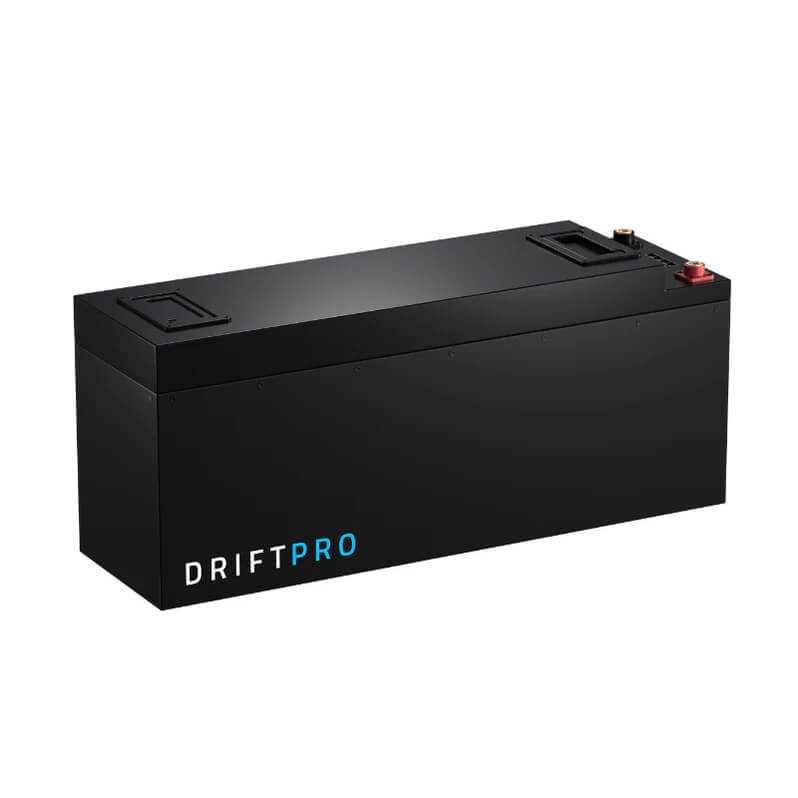
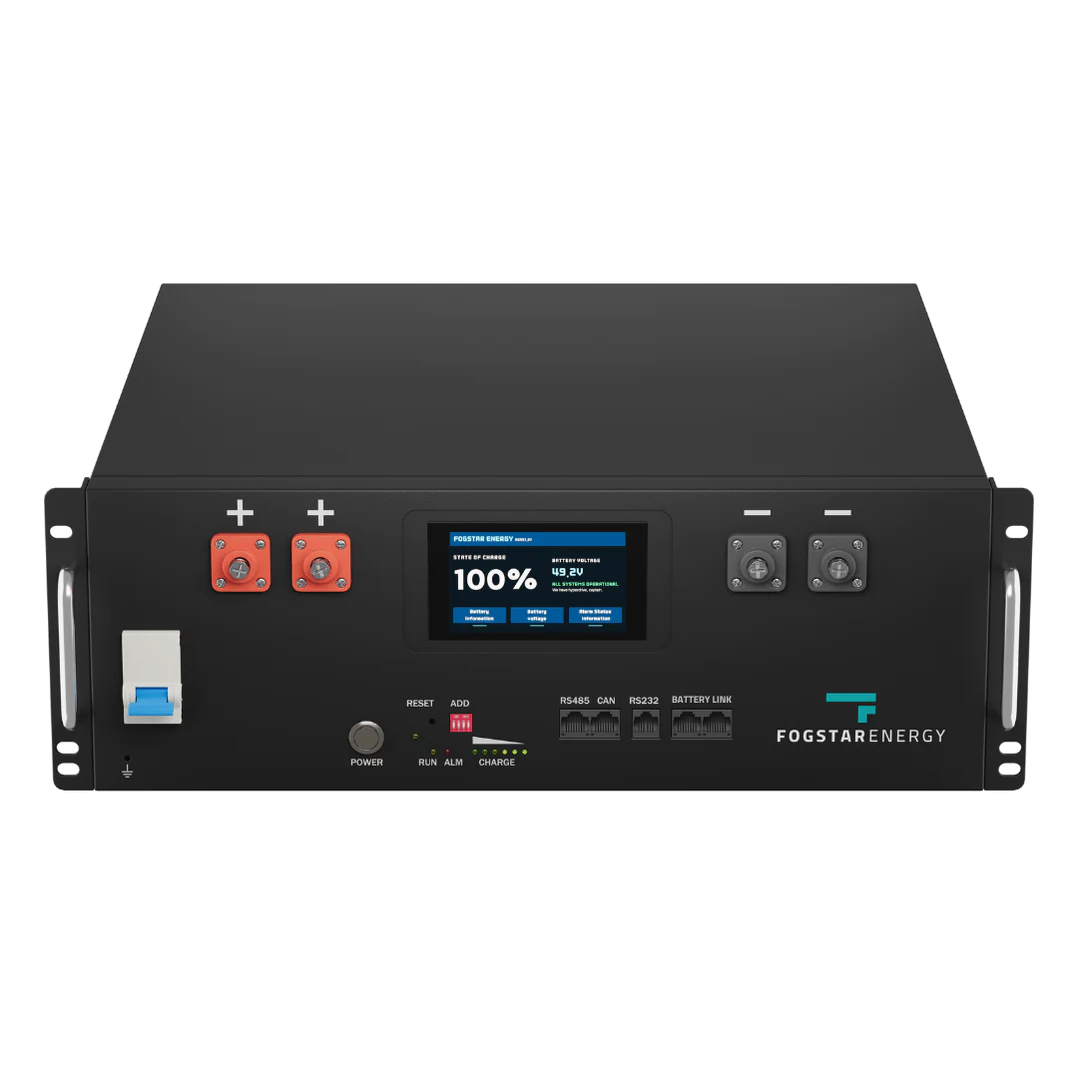
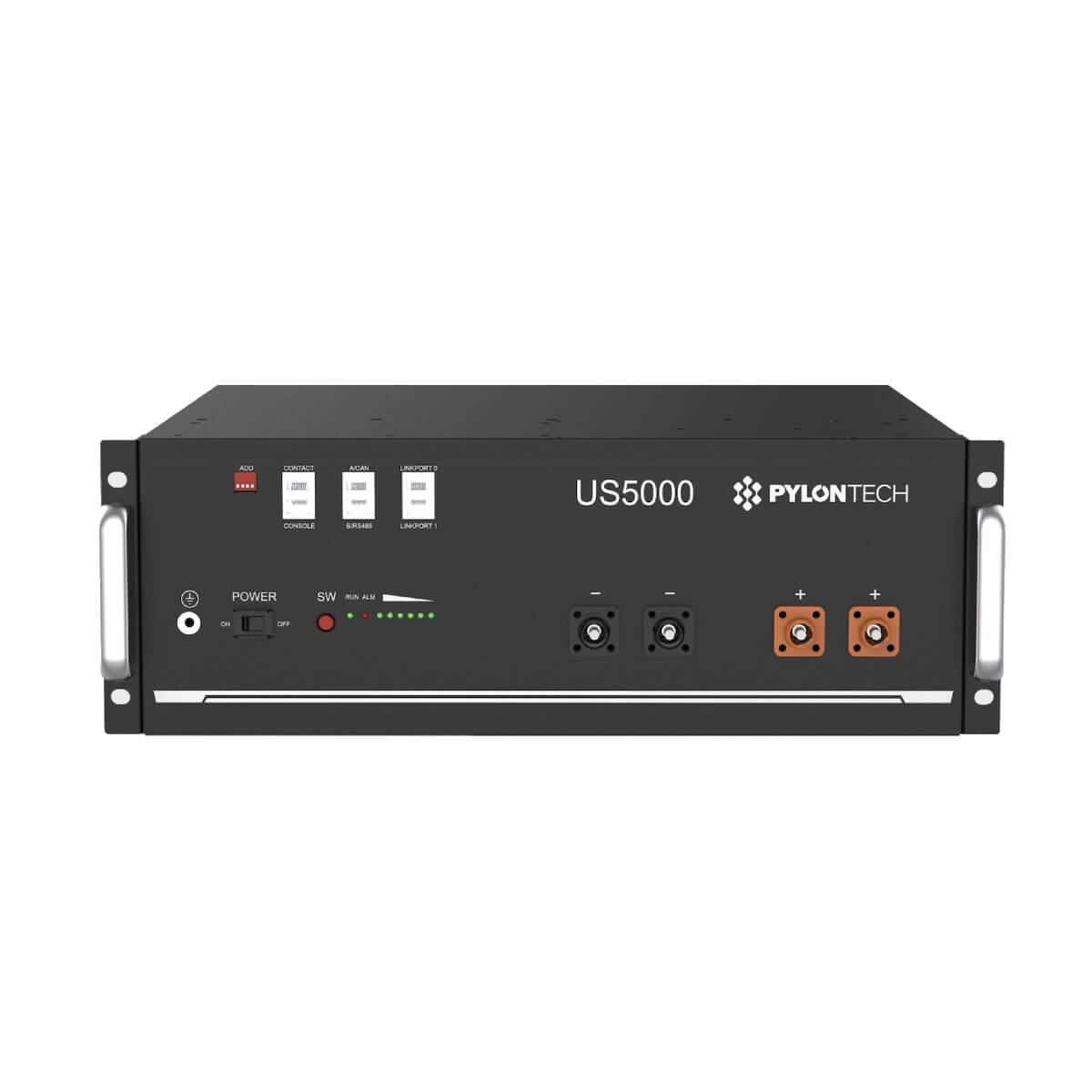
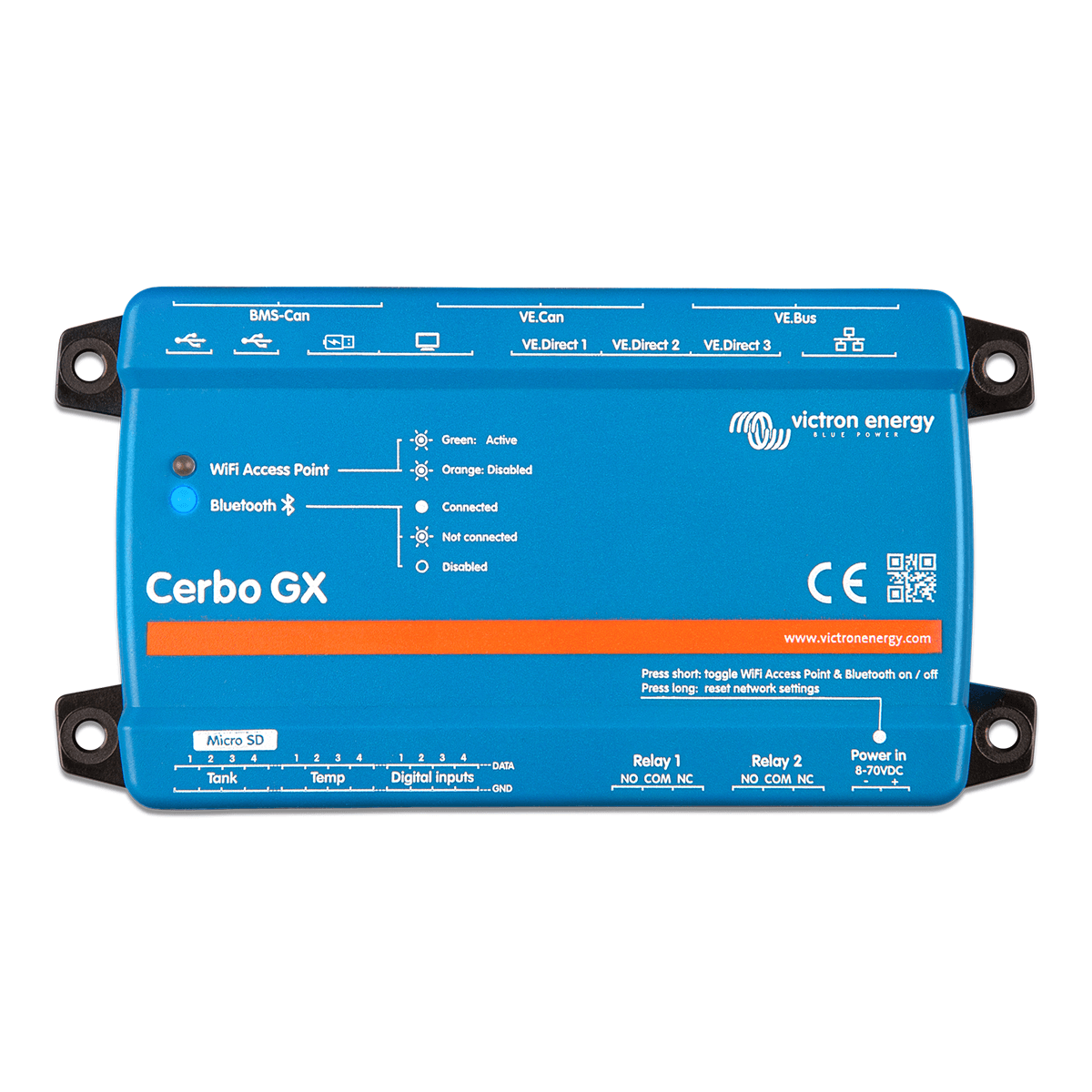

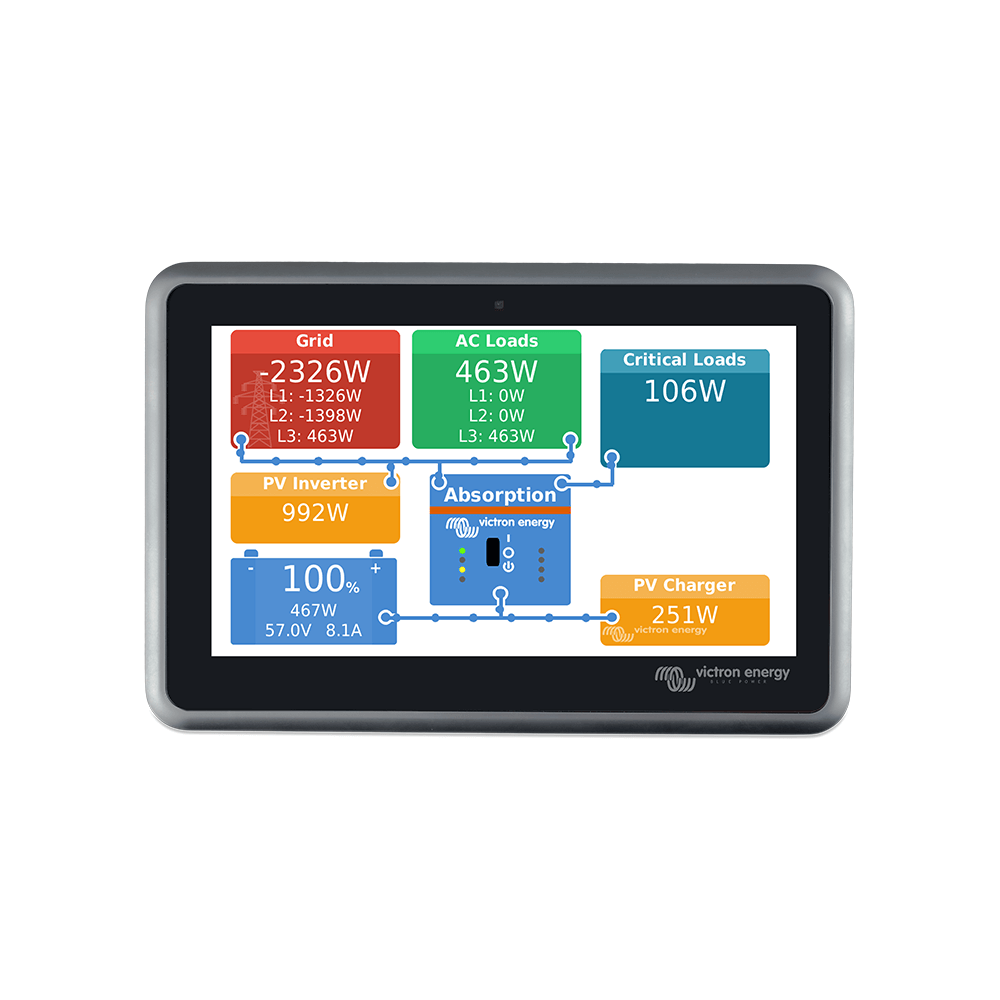
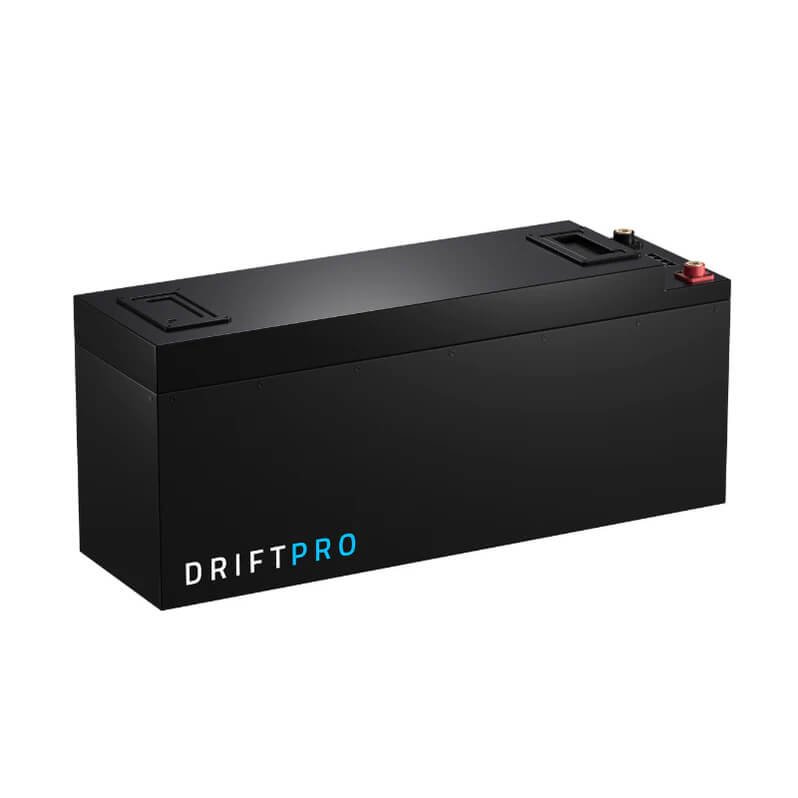
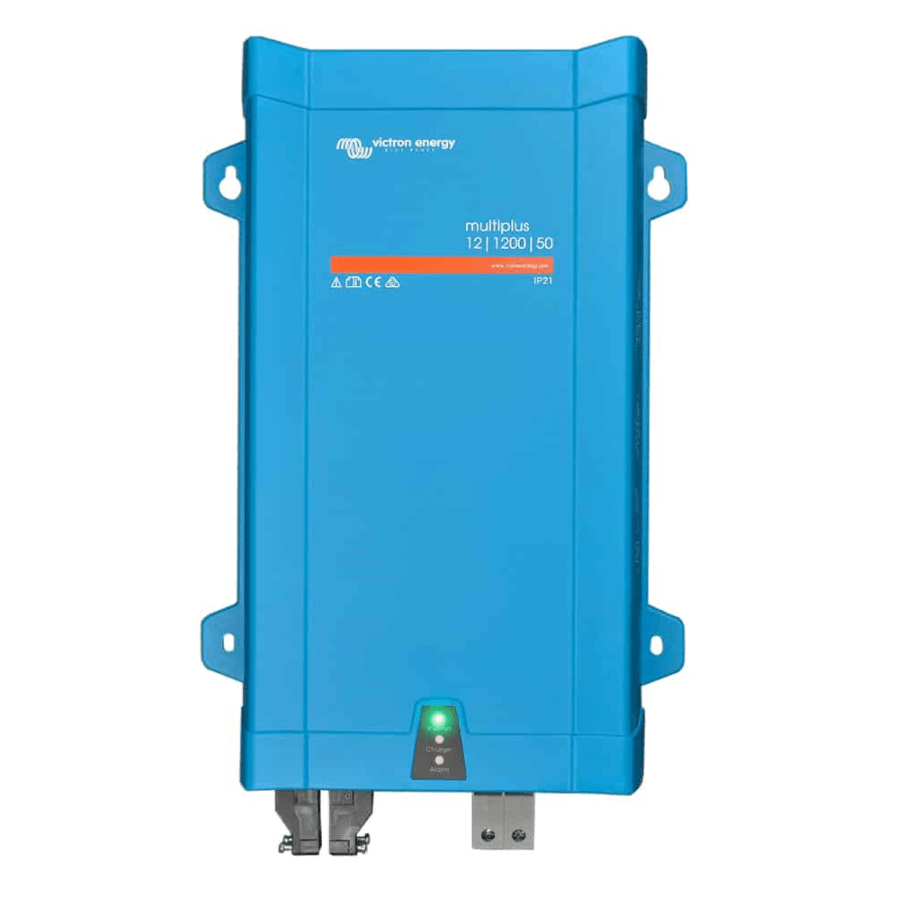
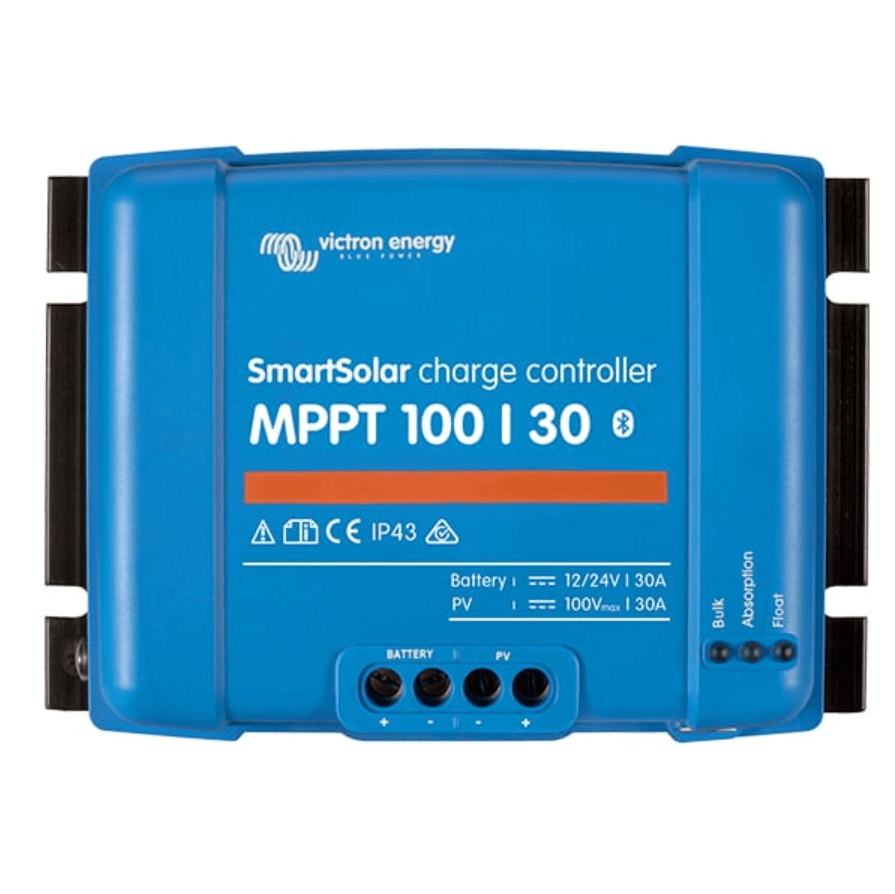
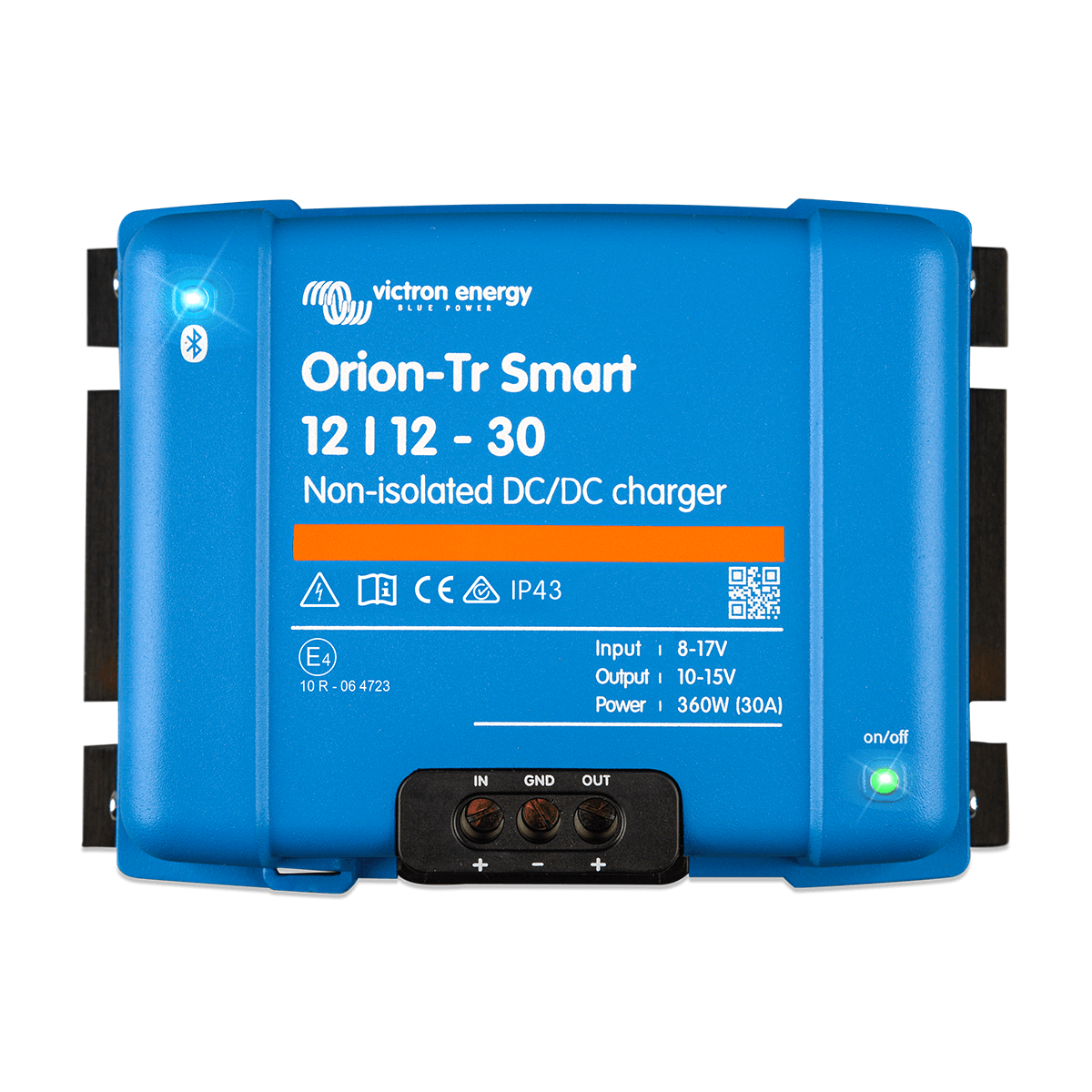
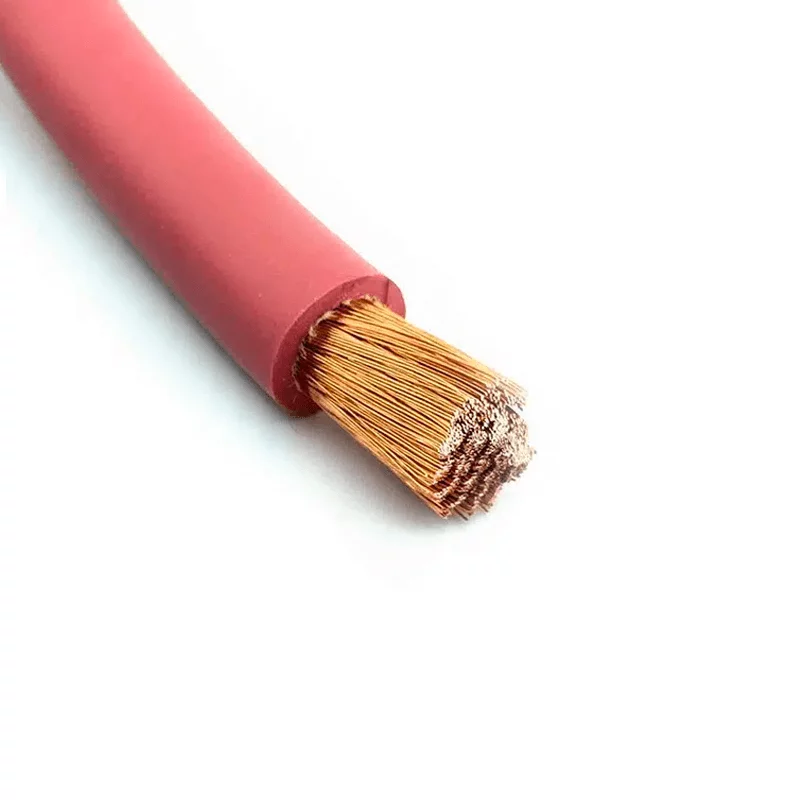
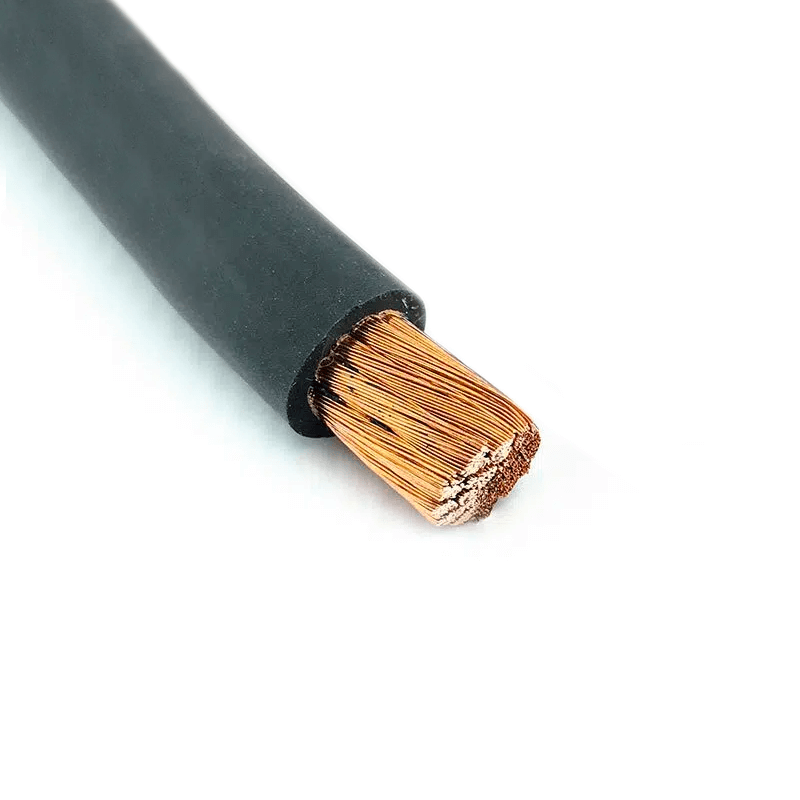
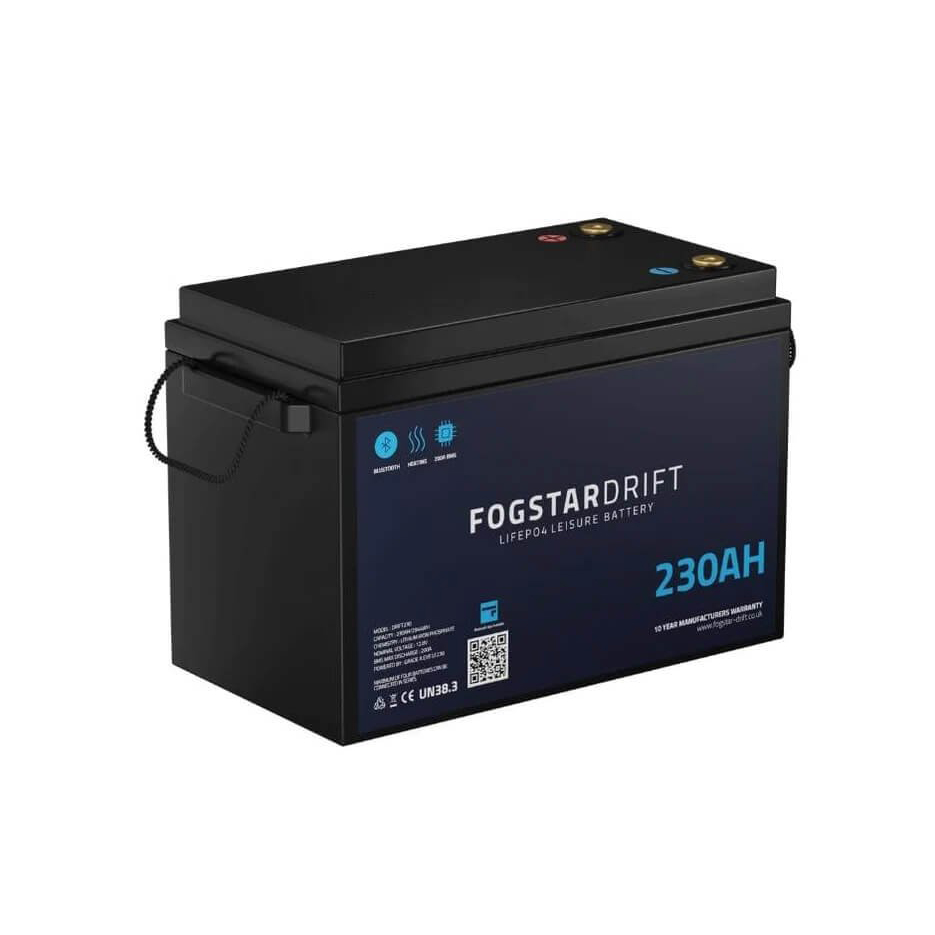
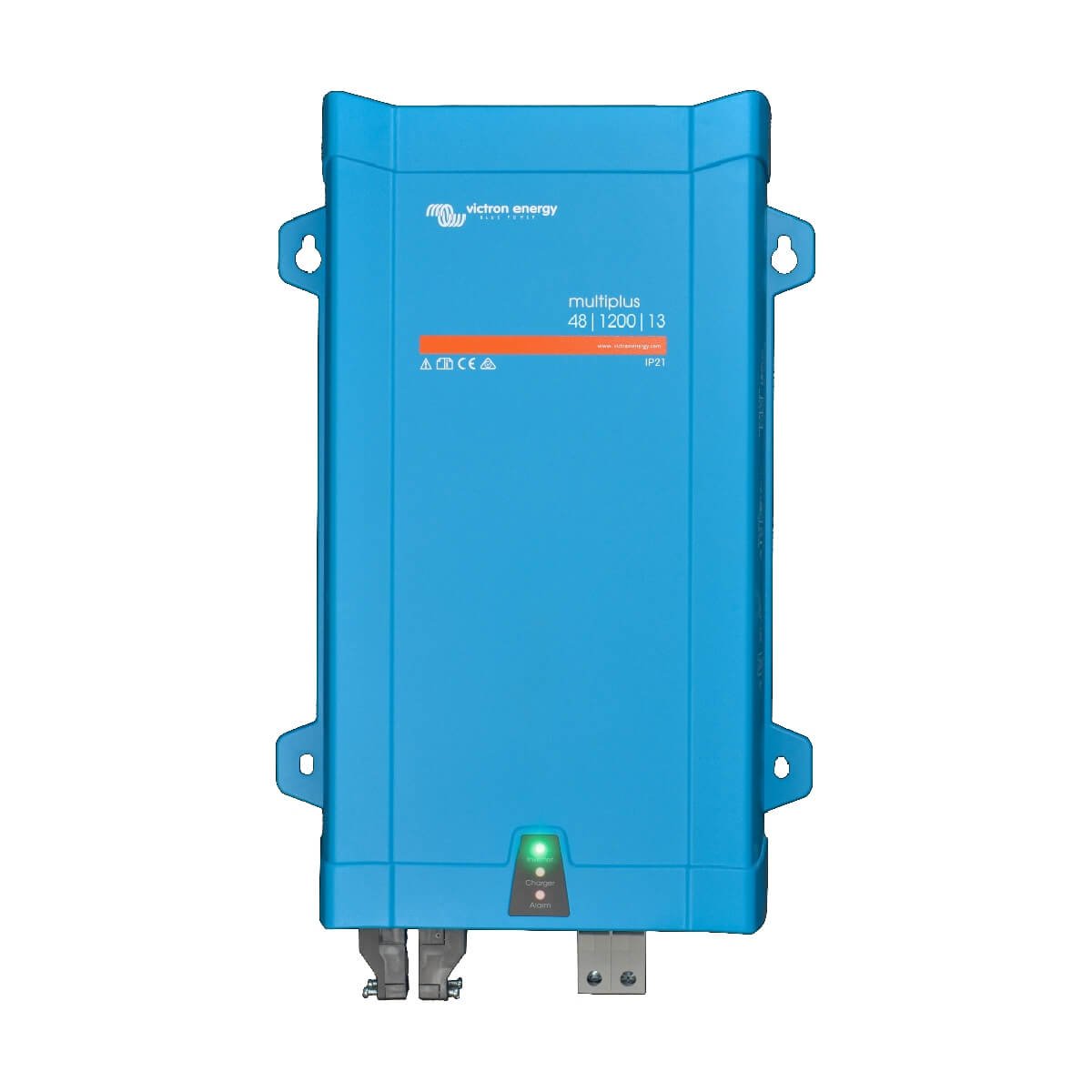
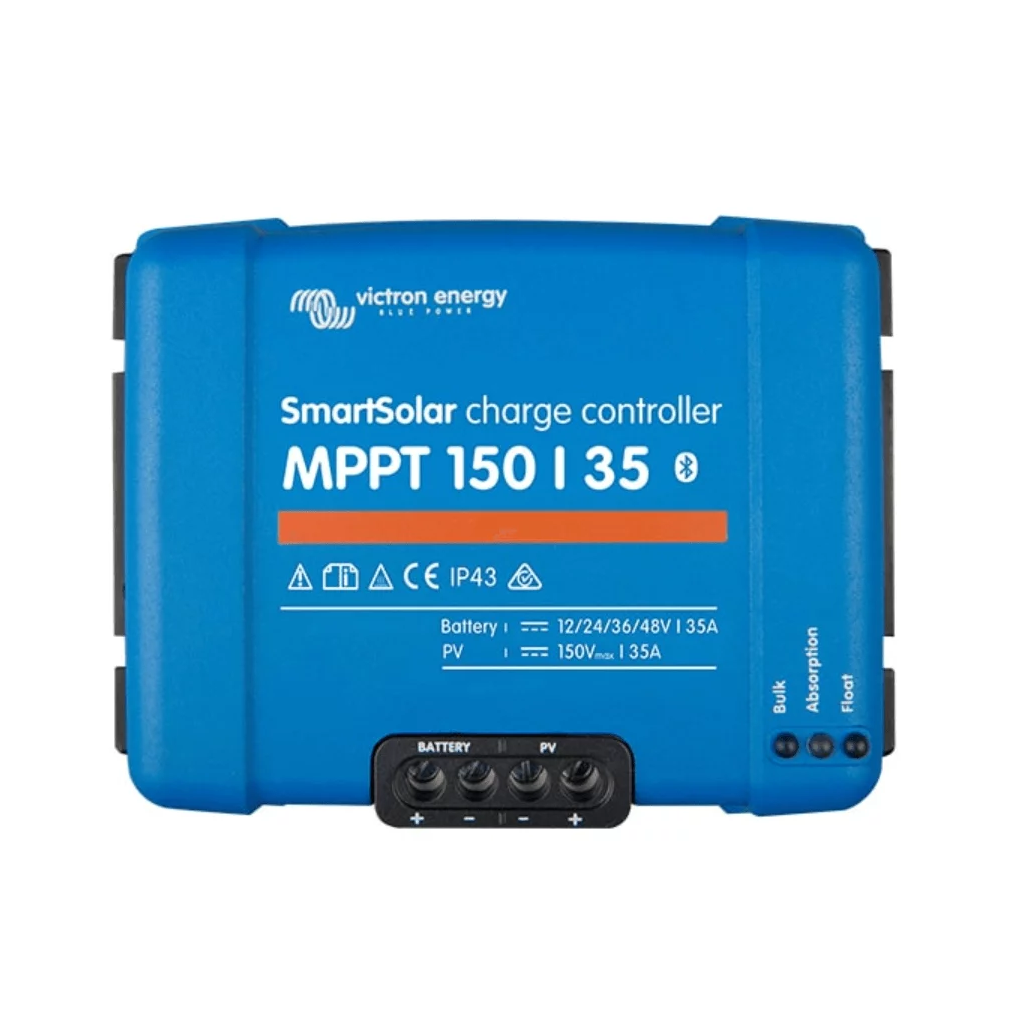
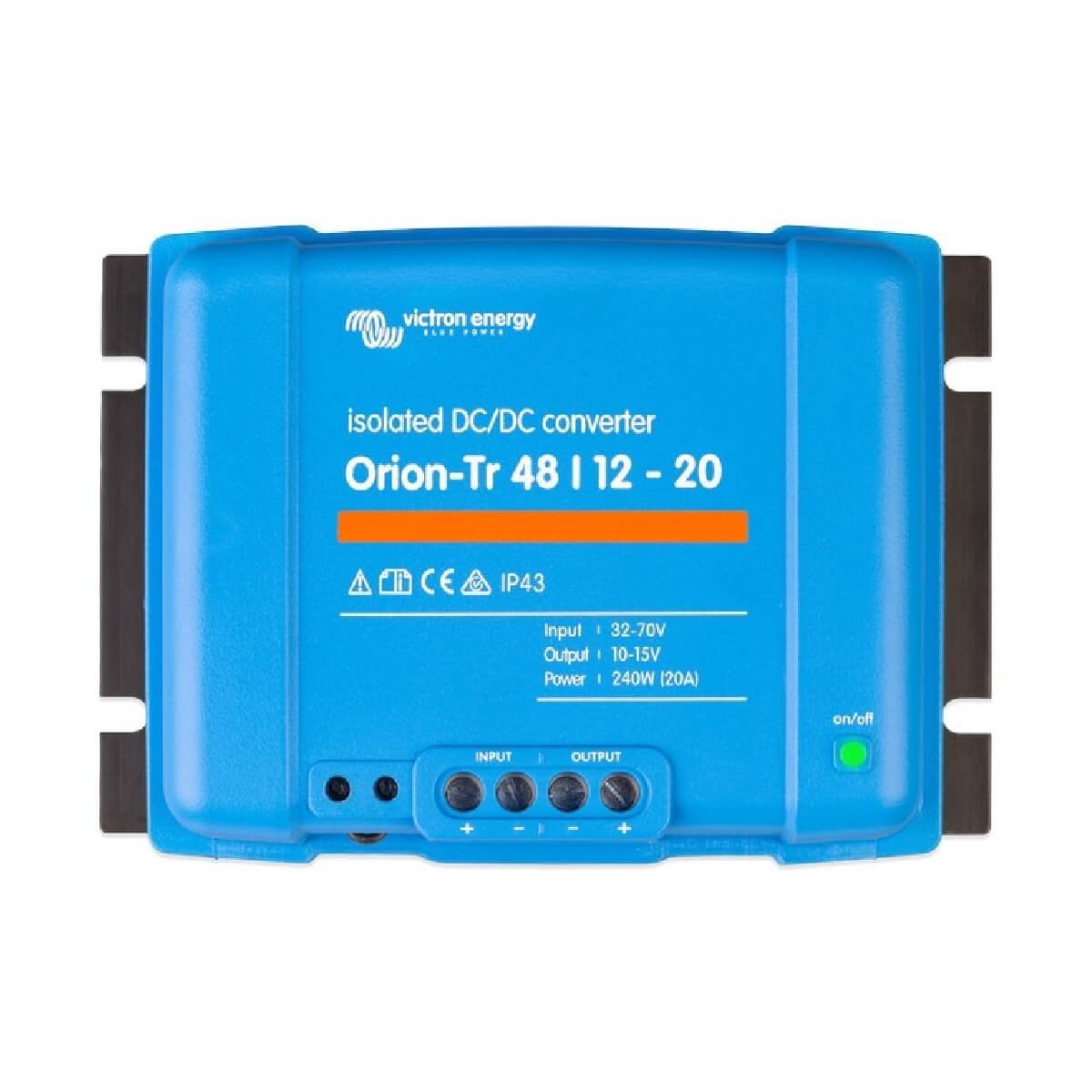
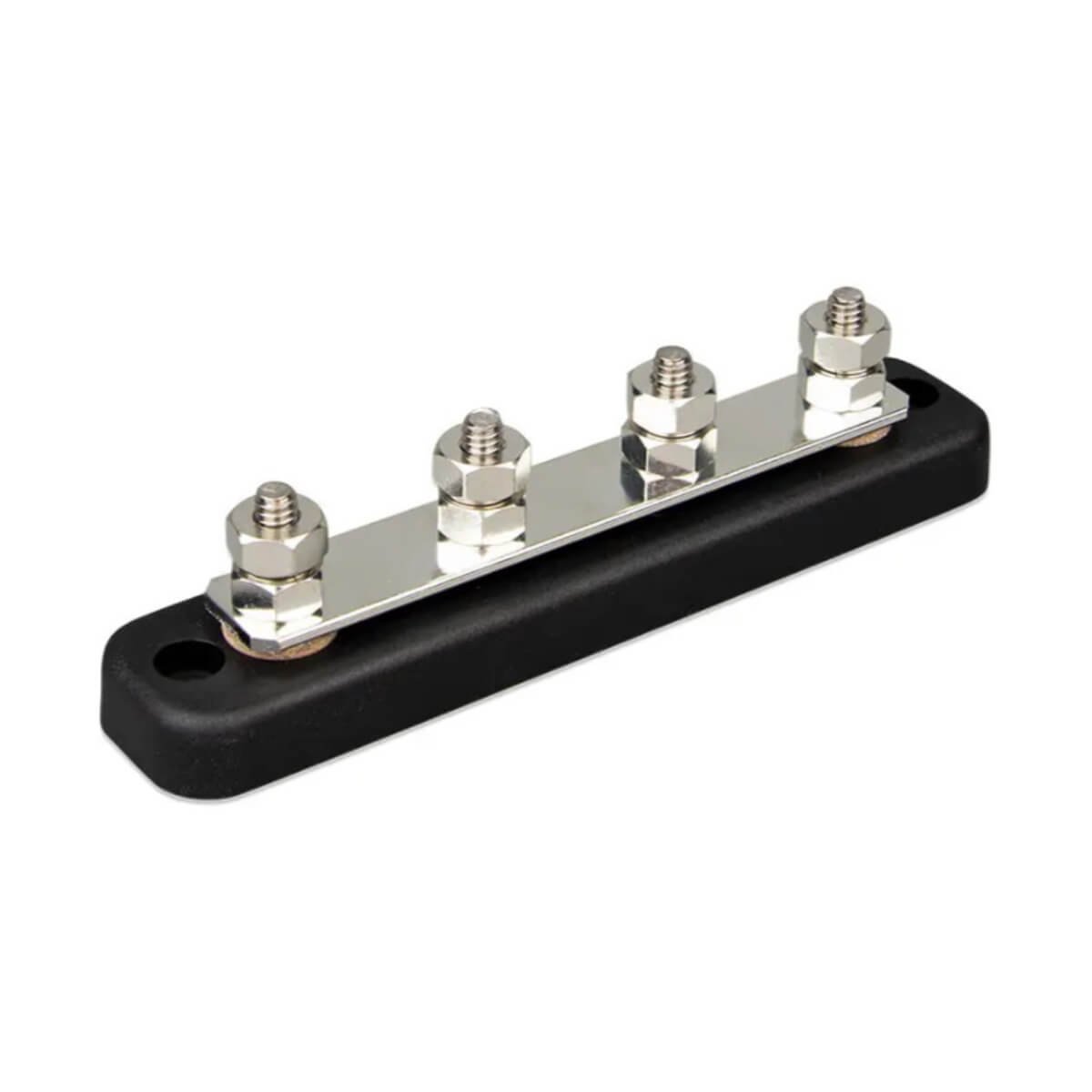

Be the first to comment!